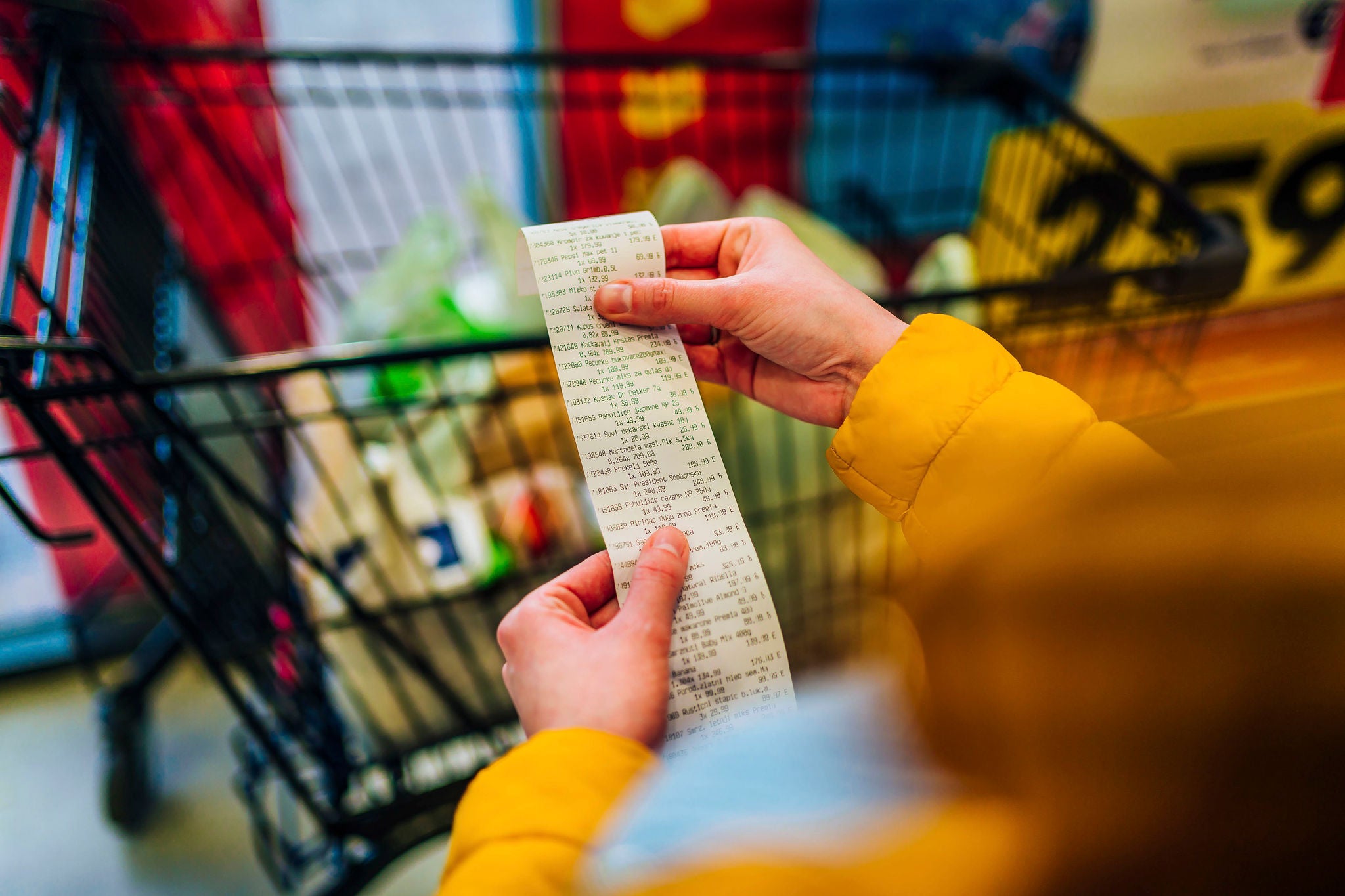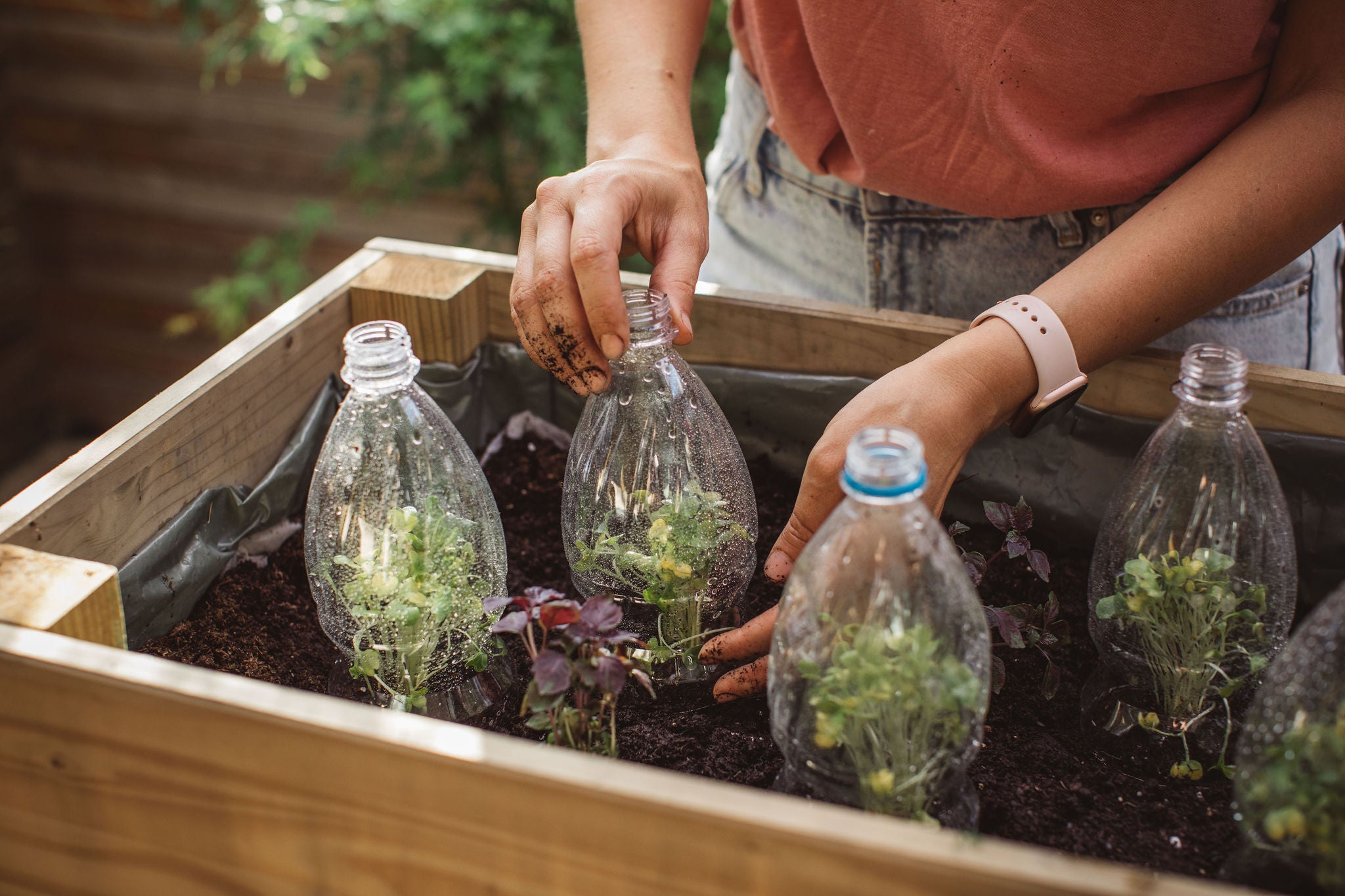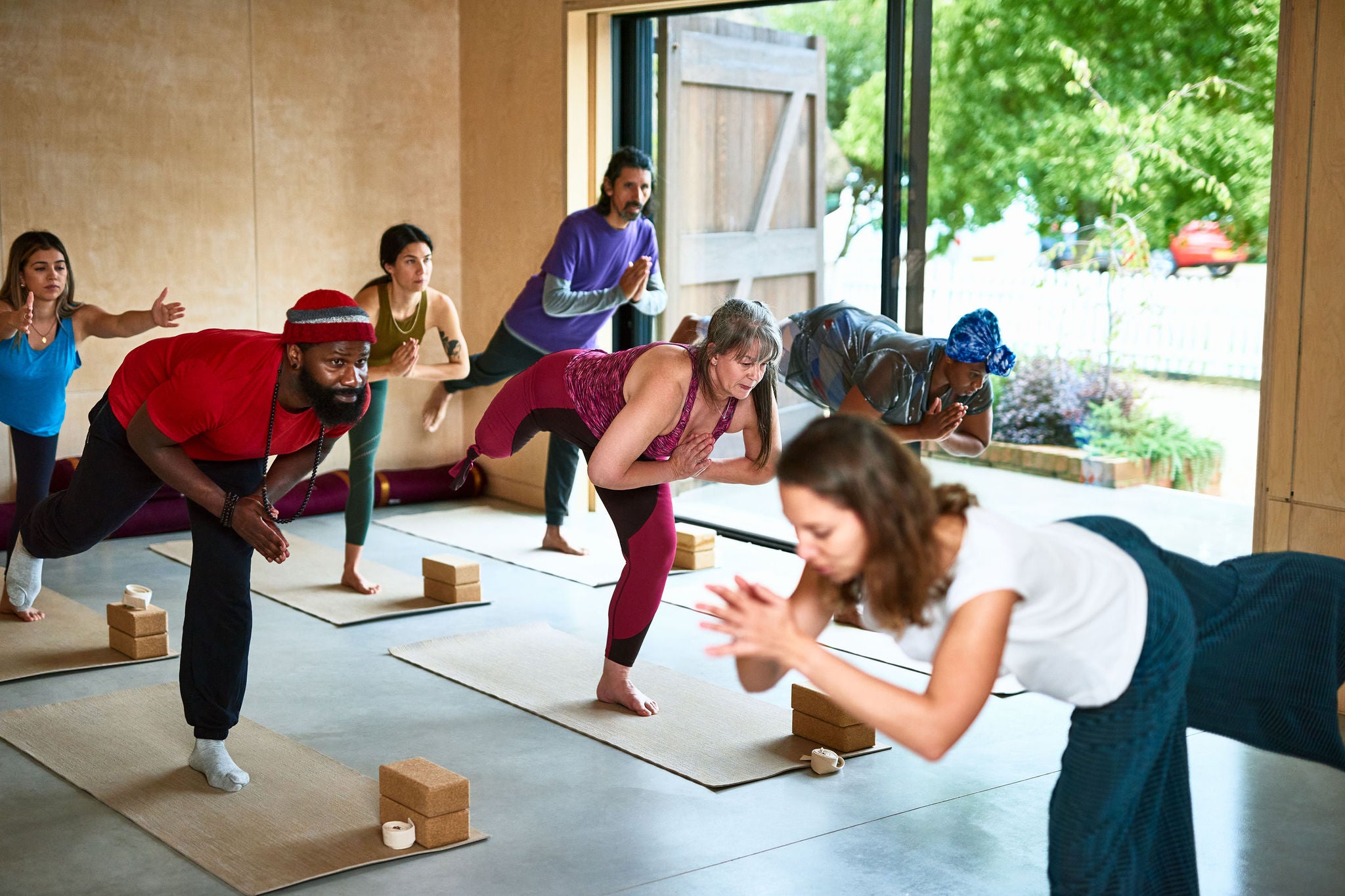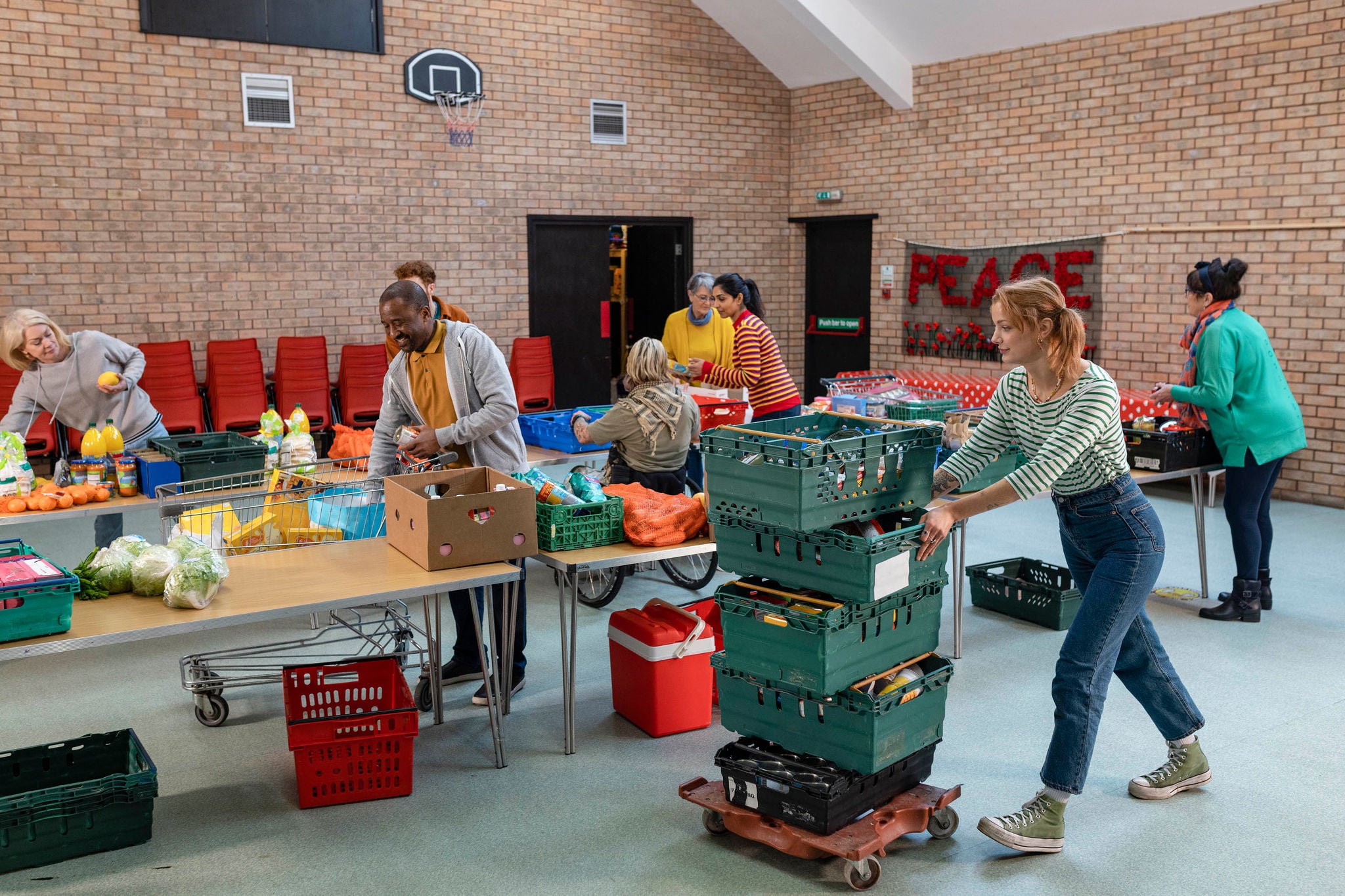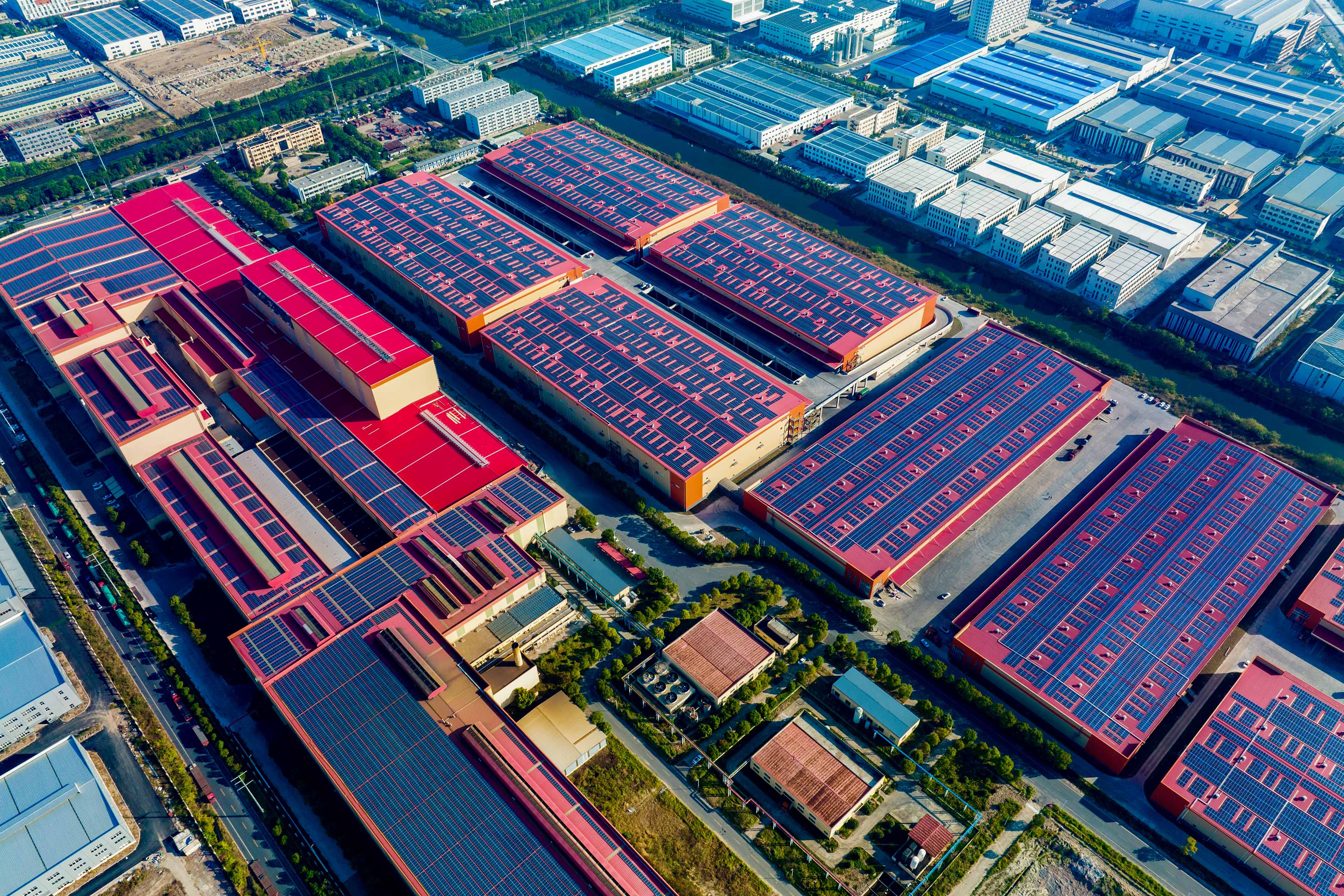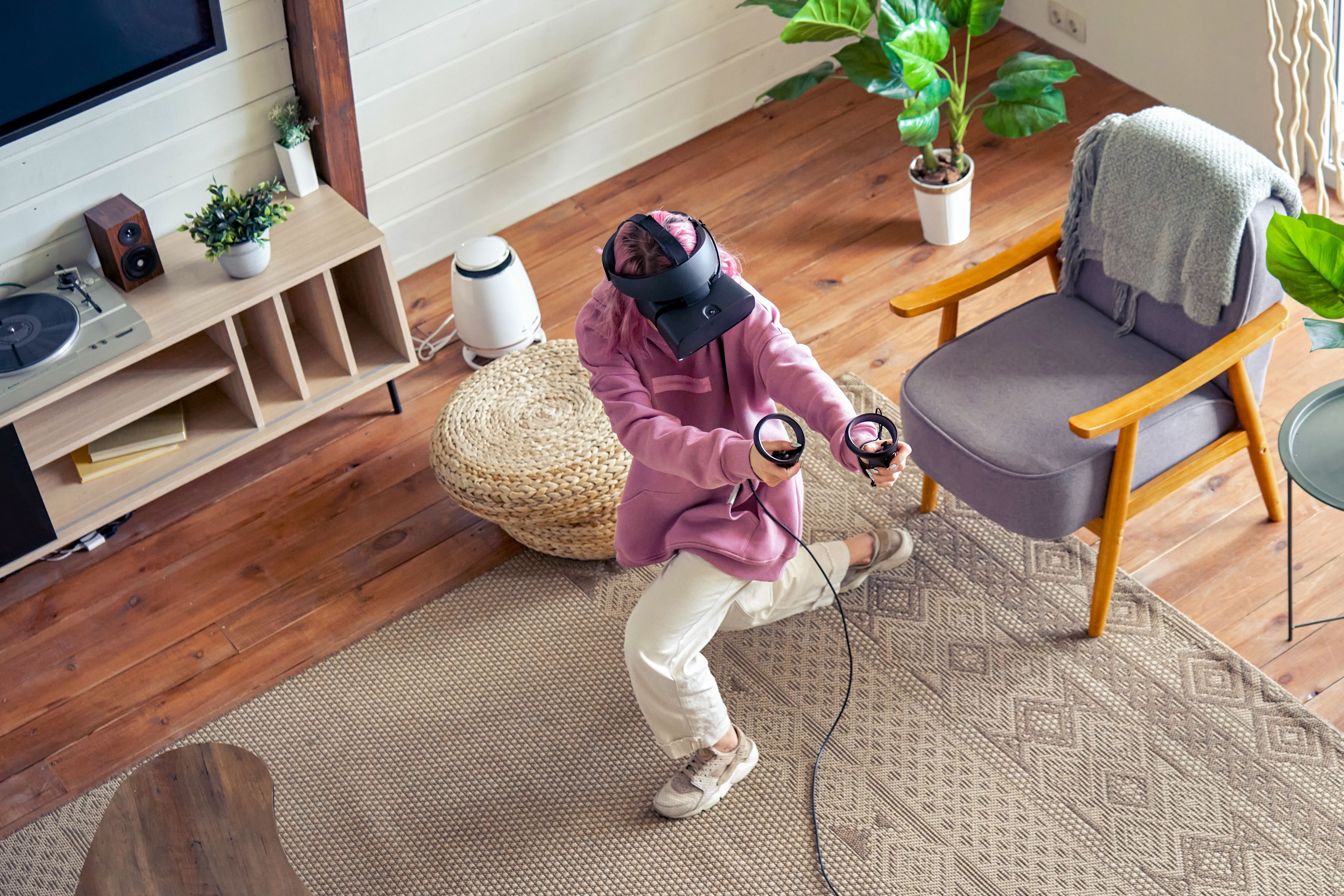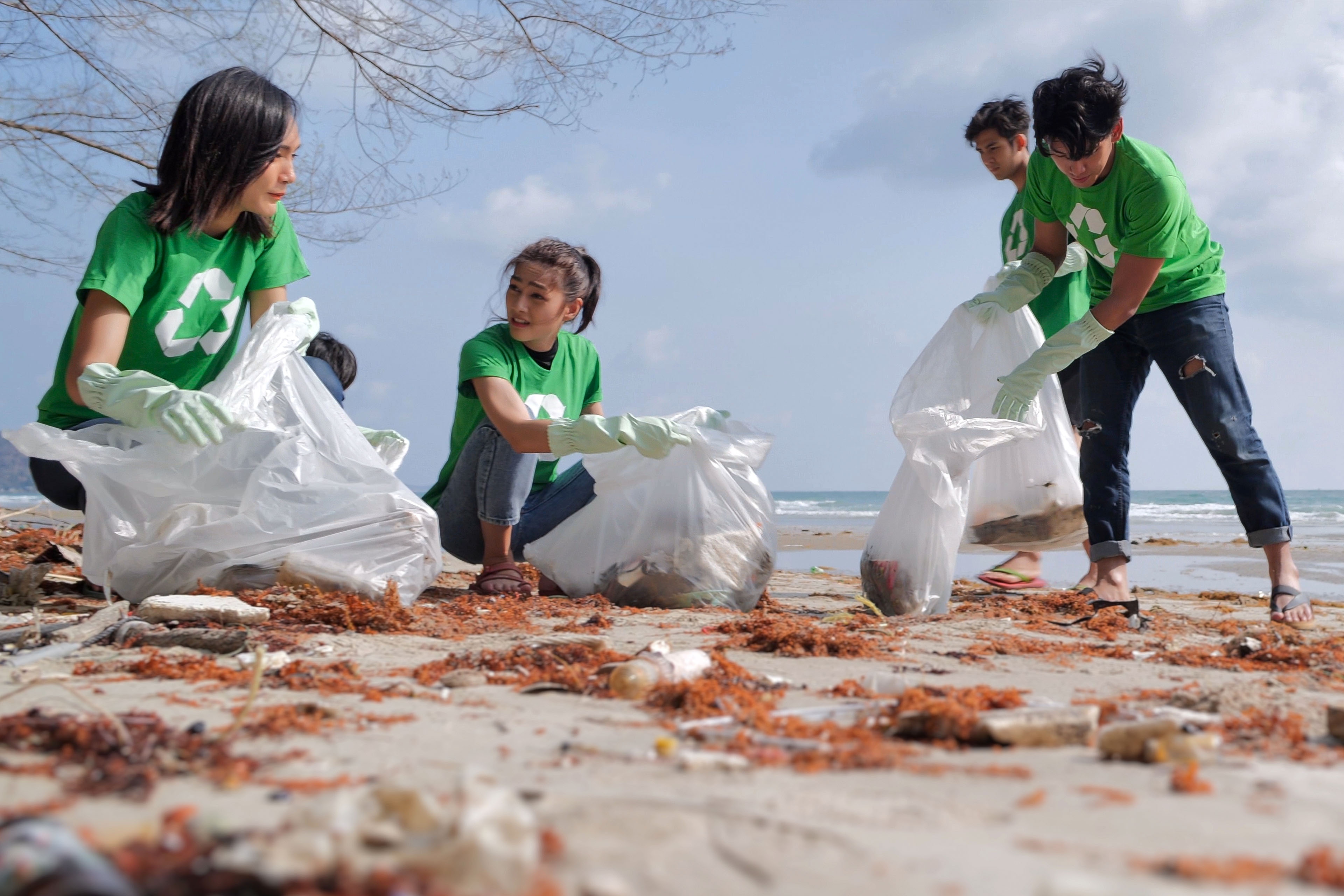EY refers to the global organization, and may refer to one or more, of the member firms of Ernst & Young Global Limited, each of which is a separate legal entity. Ernst & Young Global Limited, a UK company limited by guarantee, does not provide services to clients.
How EY can help
-
EY-Parthenon professionals recognize that CEOs and business leaders are tasked with achieving maximum value for their organizations’ stakeholders in this transformative age. We challenge assumptions to design and deliver strategies that help improve profitability and long-term value.
Read more
Three ways to serve the “Affordability first” consumer
- Rationalize portfolios, SKUs and categories to optimize price and simplify choice — extend the range of lower-priced alternatives as part of your brand proposition in essential categories (or, in the case of retailers, extend private label).
- Develop promotional price offerings around point of sale in-store rather than through complex digital loyalty schemes.
- Innovate and educate on sustainable products that can reduce overall costs to consumers, such as energy-saving electronics and low temperature washing detergents — apply services to extend product lifespans such as repair and resell.




